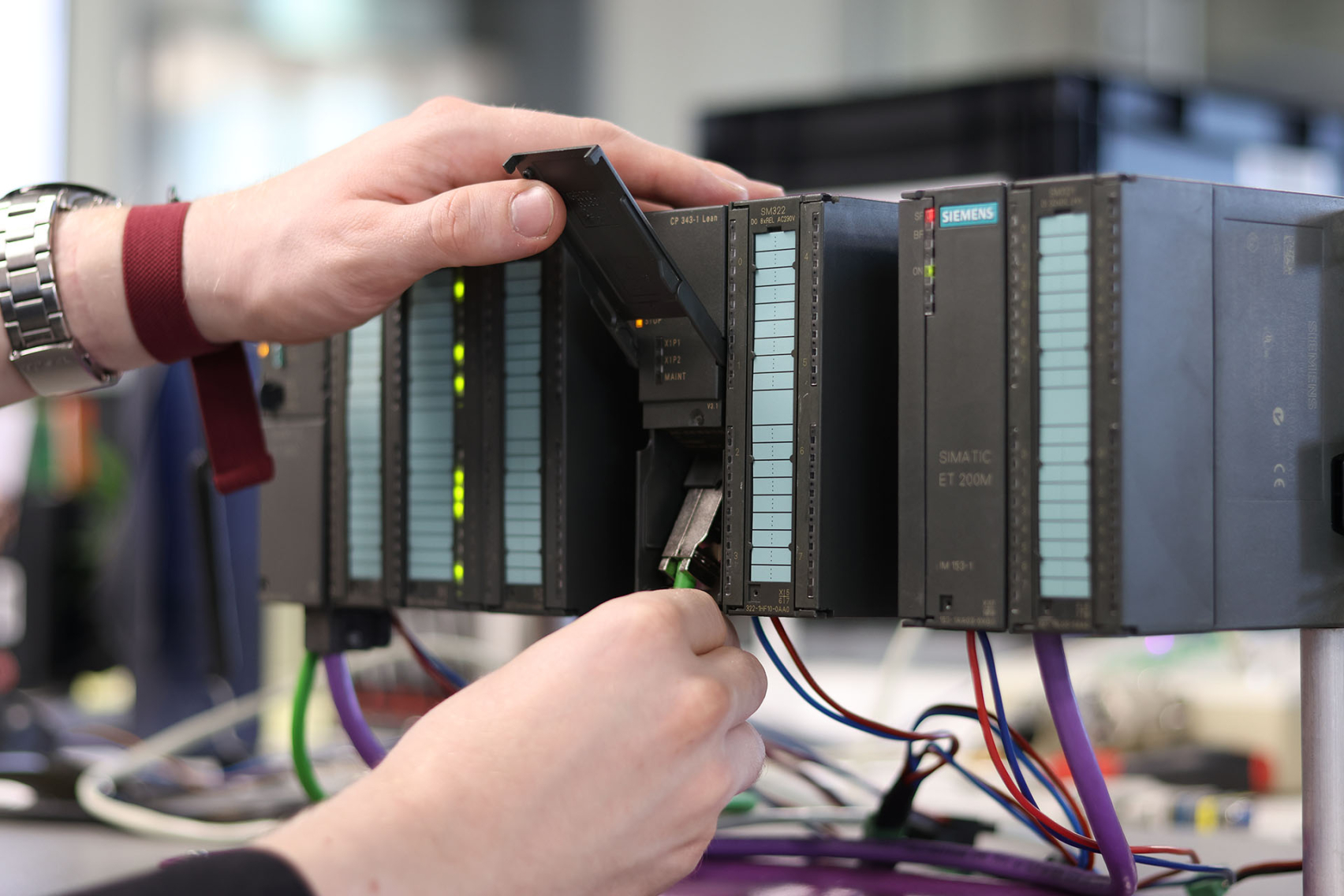The history and significance of the SIMATIC S7-300

The history and significance of the SIMATIC S7-300
The SIMATIC S7-300 from Siemens is regarded as one of the most successful and widely used PLC systems in the world. Since its introduction in 1994, this modular platform has developed into an industry standard across a broad range of sectors, from machinery manufacturing to process automation.
Development and introduction
The transition from the SIMATIC S5 series to the new S7 architecture marked a significant milestone in industrial automation. The S7-300 was positioned as a flexible mid-range solution, suitable for both medium-sized machines and large-scale installations. The system distinguished itself with its compact form factor, a wide selection of CPUs, and a modular design that allowed easy expansion.
Application areas
The S7-300 has been deployed in millions of installations worldwide. Siemens states that the product has been “proven millions of times” across diverse industrial applications. Notable areas of use include:
-
Discrete manufacturing and machinery: automation of assembly and packaging lines.
-
Water and wastewater management: control of pumping stations and treatment plants with decentralized I/O solutions.
-
Energy and process industries: implementation in power plants, utilities, and oil & gas facilities.
This broad applicability demonstrates the role of the S7-300 as a reliable and versatile standard in industrial automation.
Sales volumes
Although Siemens does not publish exact figures, it is well established that the S7-300 has been sold in millions of units worldwide. This makes the series one of the most widely deployed PLC systems ever. The extensive installed base ensures that the S7-300 will remain relevant for years to come in maintenance and service.
Product lifecycle
After more than two decades in service, Siemens has officially announced the phase-out of the S7-300:
-
PM400 (Product Milestone 400): phase-out announcement (2023).
-
PM410: sales will be discontinued as of October 1, 2025.
-
Spare parts availability: guaranteed until October 1, 2033.
For new projects, Siemens recommends migrating to the S7-1500 or S7-1200 series. Migration guides and conversion tools are available to help transfer existing S7-300 programs efficiently.
Conclusion
The SIMATIC S7-300 has left a lasting mark on industrial automation. With millions of installations worldwide, the series symbolizes reliability and flexibility. Although production is coming to an end, its presence in existing plants will remain significant for many years. For businesses, this means continued access to long-term service support, while also highlighting the importance of timely migration planning toward modern PLC platforms.
Here’s how we support you
-
-
JC-Electronics maintains ample stock through its global network.
-
Refurbished units also permanently available with a 2-year warranty and quality seal.